I just updated my blog with this info for those interested
Saturday, September 25, 2010
Nikon wireless flash basics
When working with multiple groups using Nikon's CLS system it helps to know the basics of how it meters .
First we need to understand the limitations of the system .
The camera , or SU800 -whichever you use to command the remote flashes , doesn't know how many flashes are in each group . You could put 10 flashes in group A and the commander system you use wouldn't even know there was one there until it requested a pre-flash - Once it 'sees' the pre-flash reflected off the subject it knows there is at least one flash in group A and not much more .
This means that the flash output in each group is equal from all flashes in that group whether it's half power from one flash , 1/4 power from two flashes or 1/8th power from 4 flashes .
One situation where this is useful to know is when when you have a flash behind the subject making it difficult for the metering system to work correctly .
Disregarding the under-exposure due to the white subject in this example , here is an image taken with one flash from the front left of the subject ..
The system has metered the pre-flash reading using the 'focus point diamond' in much the same way that Nikon's 3D matrix metering measures the ambient in normal photography . It 'maps out' an area , in this case the pre-flash reading , and determines that that is the subject and adjusts flash output accordingly .
Now see what happens when we move the one flash to an angle behind the subject ....
Nikon TTL-BL , which is the metering mode that wireless CLS uses unless you are in spot metering mode , is programmed to measure overly bright areas and disregard them from the equation classifying them as highly reflective surfaces . Understandably this is good for the system but also means that if you are using one flash behind the subject you will have very bright highlights as the system is not seeing the light in the direct line of the flash itself , rather it is getting readings from an angle and can only do so much in metering it correctly .
It rejects the very bright spots and meters for the reasonably exposed areas .....
Now we put another flash in the front left , also in group A and see what happens ....
The system has measured the pre-flash that came from both flashes at the same time , without knowing there were two of them , disregarded the bright spot which it deems to be a highly reflective surface - which it is at that angle , and requested a flash output that gives it the 'correct' exposure on the rest of the metered area .
This gives a more accurate result with less blown highlights - it would be almost impossible not to have a small bright circle from the rear flash considering the angle of the flash and reflectivity of the subject's surface .
What would happen if they were in separate groups ? Well the system would meter them independently and add their combined exposures on any common areas where both contribute and calculate an output to prevent over-exposure of any of the areas under the focus point diamond
Like this ....
The system now knows that there is more than one flash because when it requested a pre-flash , in sequence from each group , it got one from group A and one from group B . The reading it got from group B was mostly disregarded due to the bright reflection that it detected resulting in an excessive exposure on one side and a 'correct' exposure in the front of the image using the readings from A and the small amount from B on that area , combined .
What I get from these results is a clue as to controlling a light from behind the subject- by placing it in the same group as the front light and adjusting distance from the subject to vary its brightness , since it will be the same output as the front light , we can be confident that it will never be brighter than the front light - since they fire at an equal output .
The more complicated option is to use exposure compensation for a separate group or use manual settings for that group .







 Thanks useful information:
Thanks useful information: 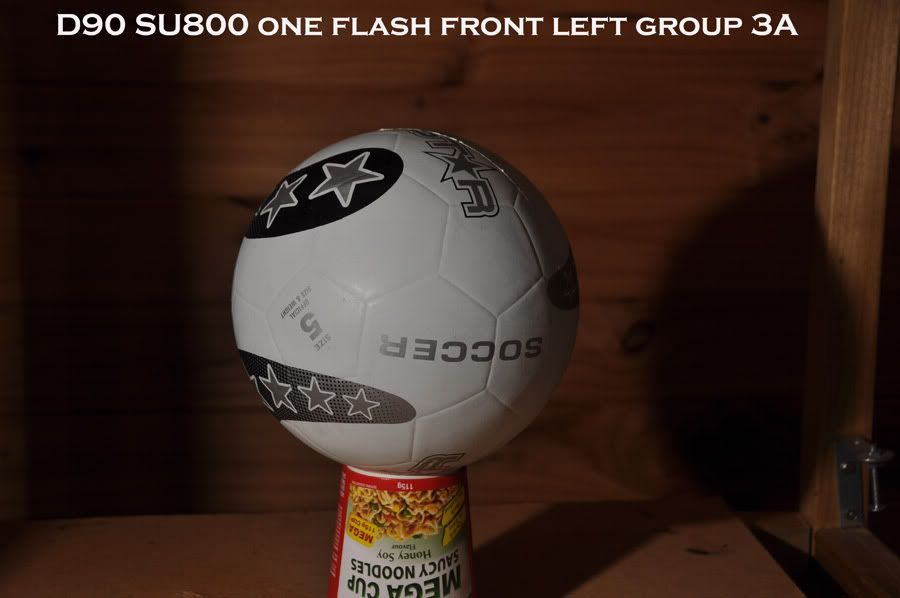
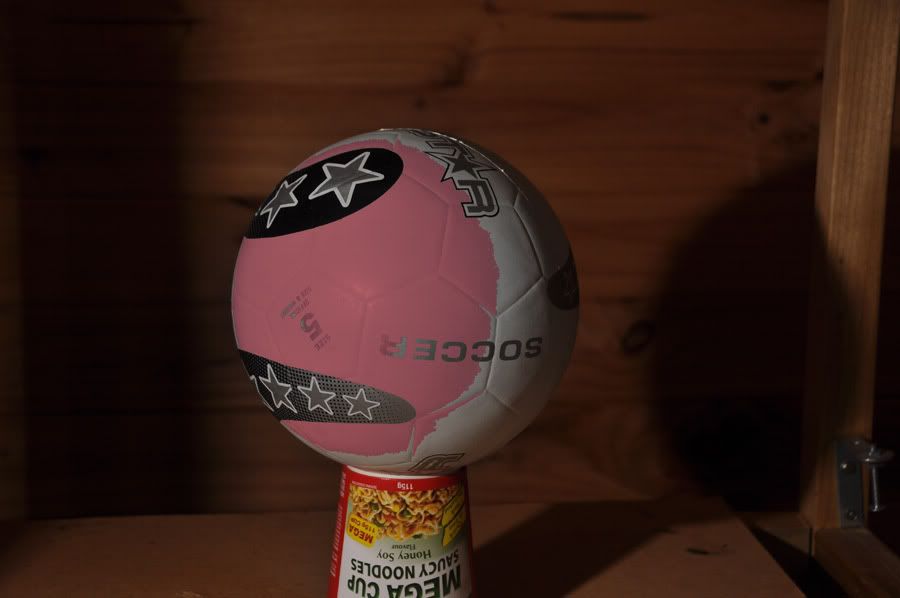

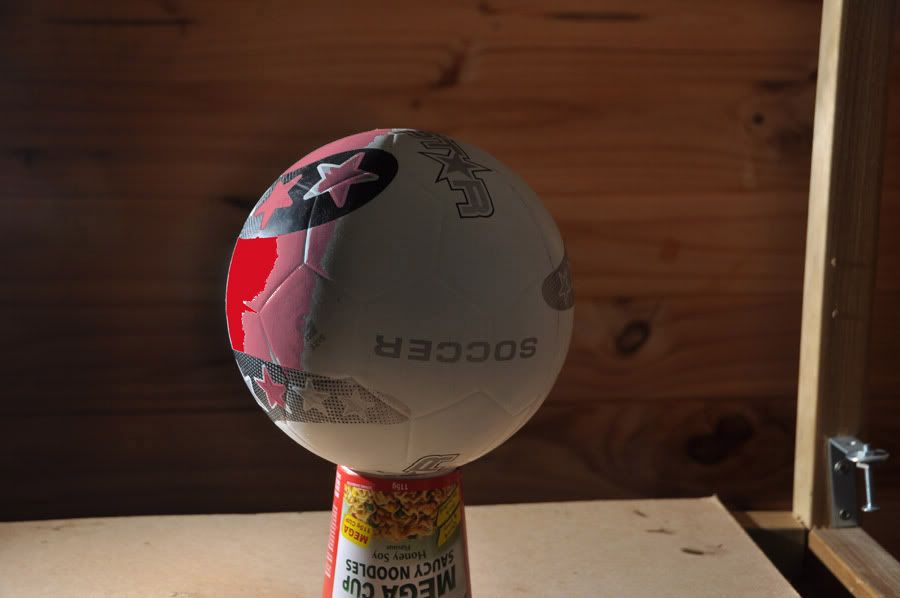
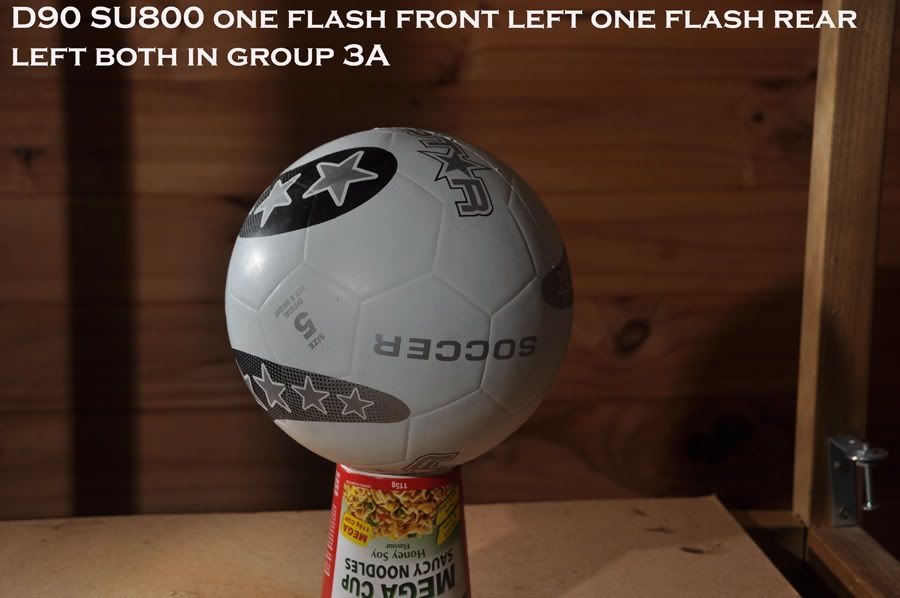

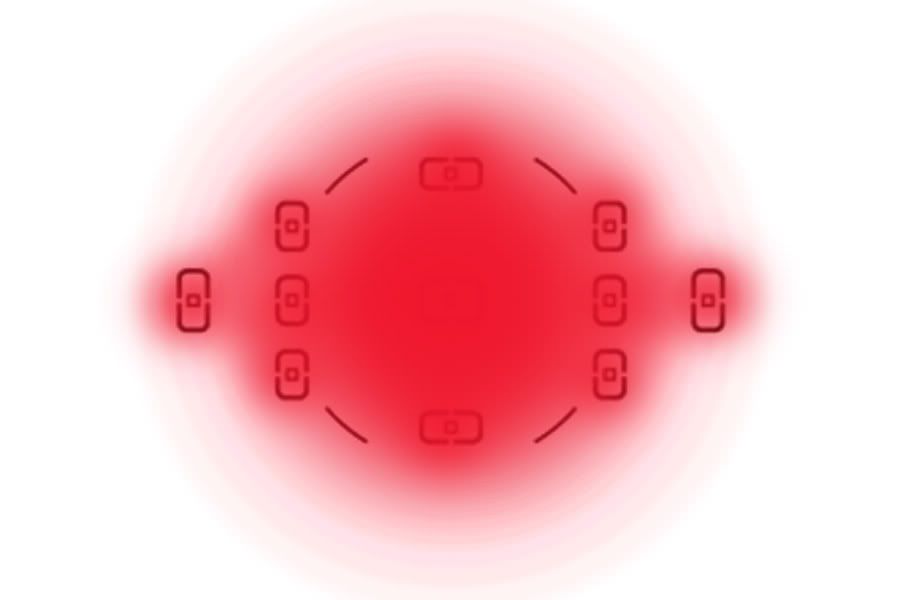


 Reply With Quote
Reply With Quote Add To Bookmarks
Add To Bookmarks










 Threadstarter
Threadstarter




